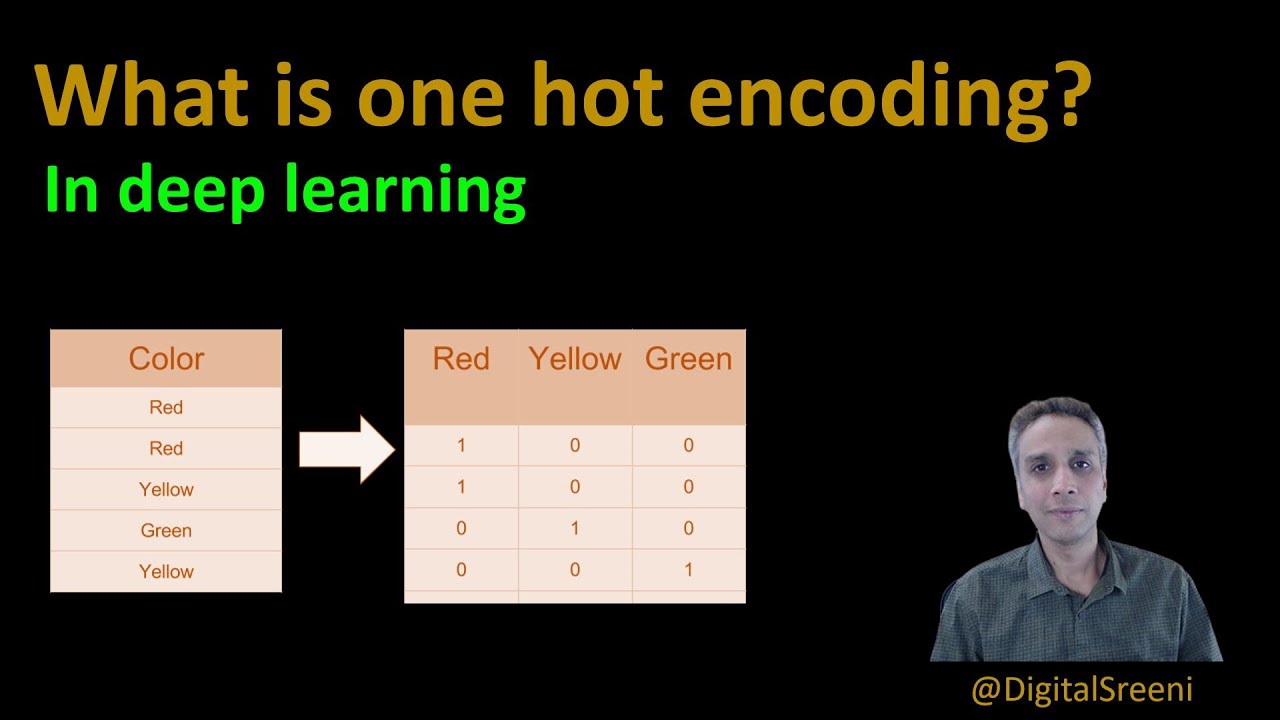One-hot encoding is an important concept within the field of computer programming. It is a data representation scheme commonly used to represent data in a form that is suitable for machine learning and data analysis. In this method of encoding, categorical data is represented by a number of numerical inputs and outputs, where each value in the input vector is associated with a corresponding value in the output vector. This data representation scheme is used to convert categorical values into a numerical representation that can be used in machine learning algorithms.
In one-hot encoding, each category in the input vector is assigned to a single binary value in the output vector. For each category in the input vector there is one and only one “hot” value in the output vector. This allows some but not all values to co-occur in the output vector. The output vector is thus a sparse vector, one that contains only a few non-zero values.
The process of one-hot encoding can be thought of as converting categorical values into a numerical representation that can then be utilized by various machine learning algorithms. The process starts by taking the categorical values and placing them in a binary matrix or array. What this means is that each value is given a binary representation, such as “1” for “yes” and “0” for “no”. The output vector will then contain a single value for each row of the binary matrix, indicating the presence or absence of each category in the input vector.
One-hot encoding is a widely used technique in both supervised and unsupervised learning algorithms as it makes data easier to process and can help reduce bias. In certain algorithms, such as neural networks, one-hot encoding is sometimes used as a preprocessing step in order to improve the accuracy of machine learning models. It can also be used as a way to reduce the complexity of the data, by selecting relevant information for the model to use.
Overall, one-hot encoding is a powerful approach to data representation and is a core component of many machine learning algorithms. By converting categorical information into numerical data, data scientists can more easily work with, process and analyze the data for various practical and research purposes.





